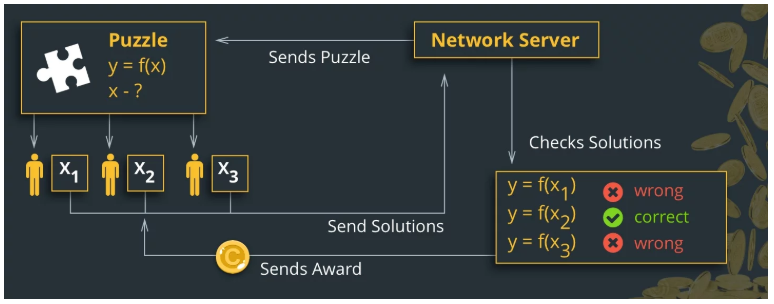Introduction
There is little doubt that there is a necessity to provide a high degree of decentralization in distributed networks. That said, the decentralization itself has to be secured by the protocol itself via the so-called ‘consensus algorithm. Likewise, the very fact that ‘real-world conditions’ are subject to change must be taken into account as the protocol itself can scarcely address such issues if they emerge as future changes are impossible to be forecasted. If such a situation arises, an intervention of the development team is needed so that they can adjust the rules of consensus in the protocol so that they would reflect the state of affairs in the real world, effectively enabling the protocol to retain its quality.
Here, it must be noted, significant differences in the concepts of PoW and PoS exist. Therefore, let’s look at the ‘degree of decentralization’ history of Bitcoin, consider its current status and draw a comparison with the potential of Cardano PoS ‘consensus algorithm’, Ouroboros.
How to measure to what degree is the network decentralized?
A distributed network is a kind of network where more nodes make a consensus over data change. We refer to it as ‘distributed consensus’, in other words, an agreement of more entities on the protocol rules.
Firstly, let’s look at the definition of decentralization itself. The degree of decentralization is determined by the independence of its nodes. This is because, in theory, all nodes of a distributed network could have a single owner. In such a case, despite it being distributed network, it would be considered fully centralized. Arguably, in terms of an ideal scenario, each node should have a different owner, rendering the network both distributed and decentralized.
Secondly, let’s assume the geographic perspective. In terms of a globally distributed network, the desired state is such when the nodes are equally distributed across the globe. This is because, potential security risks such as all kinds of attacks and hacking endeavors, for example, by the national states have to be seriously considered and, subsequently, preemptive measures are taken. This is the reason why having all nodes in a single country, especially one with a rather authoritative, restrictive or unstable political regime, is far cry from ideal.
In the introduction, we mentioned that a protocol must reflect and react to occurring ‘real-world’ changes on the project management level. Therefore, a decentralized network calls for a decentralized and fully transparent team so that user requirements can be accounted for, that is to say, a team eager to do everything on behalf of the protocol.
For our further inquiry into the issue, it can be concluded that the higher the decentralization is, the larger is the number of independent entities with the right to propose a particular block. Accordingly, with a higher number of such entities, the risk of censorship is largely diminished as the decision-making power is distributed amongst far more ‘players.’ This vastly increases the odds that the majority will display honest behavior and conduct which will, in turn, increase the trust of users in the protocol. And the element of trust is fundamental to the larger adoption of any protocol as during peer to peer transactions, the protocol itself serves the role of an intermediary through the nodes in the network. In a nutshell, users trust pool operators who are supervised by the protocol.
Bitcoin and PoW
As far as PoW is concerned, two key variables effectively decide who wins the race to add a block; hash-rate and coincidence. However, the winner of such a race can be predicted with a high degree of probability as a higher hash rate presents a considerable advantage. Imagine, if there were only two entities, the first one with 70 % of hash-rate, the latter with the remaining 30 %. In such a scenario, the entity with a higher hash-rate will not mine 100 % of blocks, but rather 90% and the less powerful entity will have to rely on the factor of coincidence whilst searching for the right hash.


That being so, PoW unveils a major disadvantage in terms of the decentralization concept. The degree of it progressively decreases as hash-rate, with dedicated mining machines aggregated in large halls, soars. Accordingly, minor miners are less and less motivated to mine as the mining has become unprofitable with CPU and GPU utilizing miners and nowadays, in many countries, the profitability of utilizing ASIC miners comes into question as well unless the individual has an access to inexpensive electricity. With the emergence of mining pools, miners started to delegate their power so nowadays there is a new trend of purchasing hash rate from a large hall with fiat currency, effectively violating the concept of decentralization. Mining pools, its operators, respectively control hash rate and thus they gained a substantial power they now wield.





